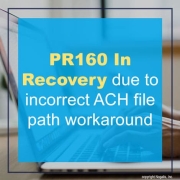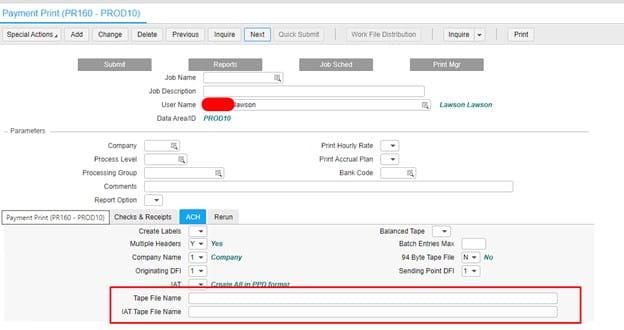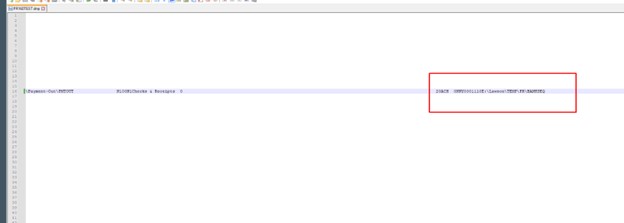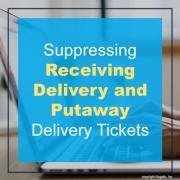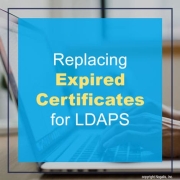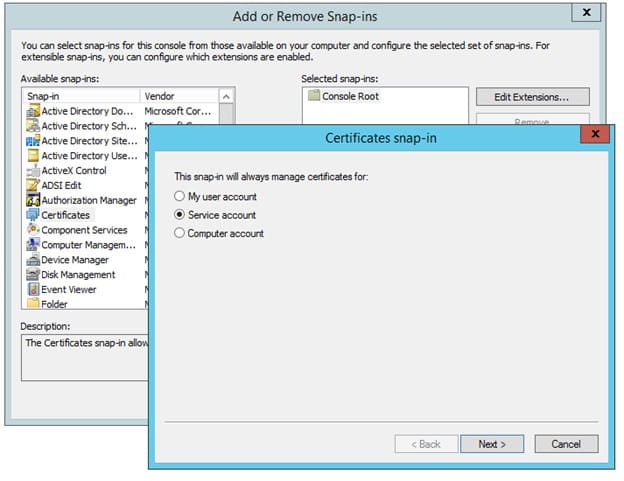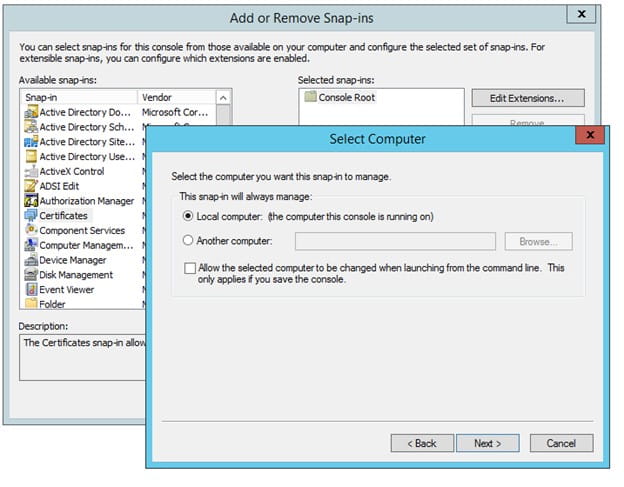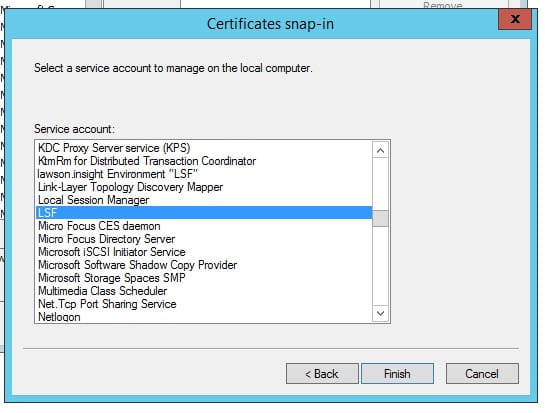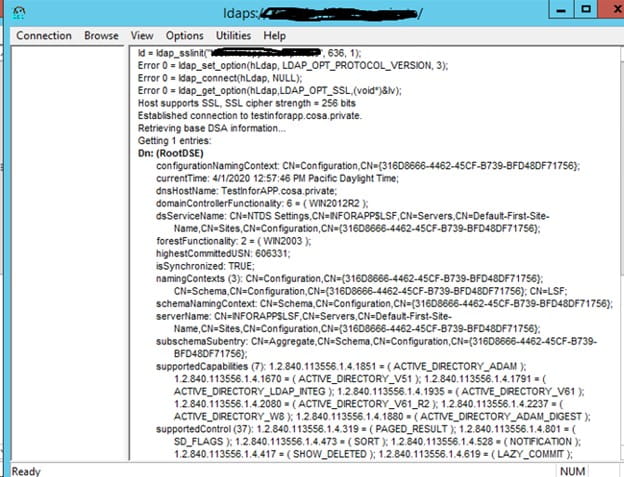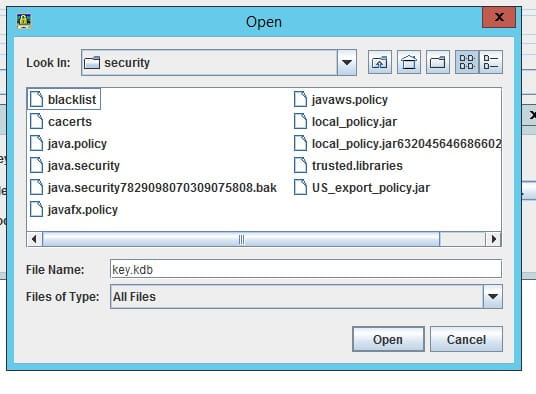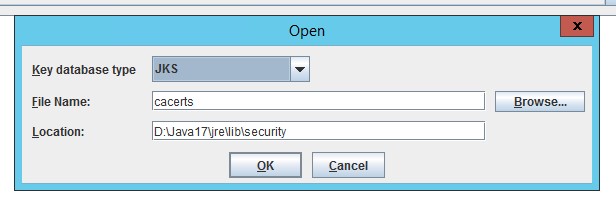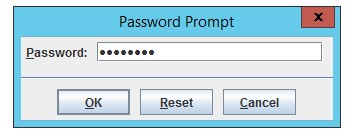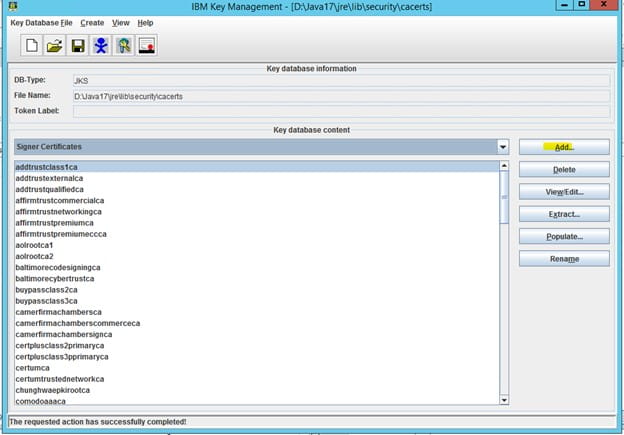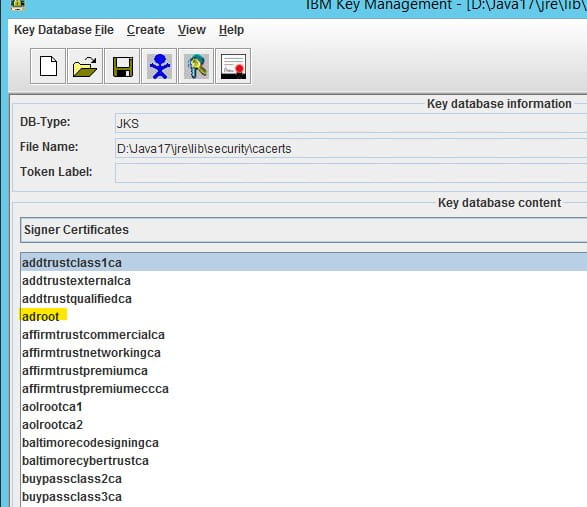Infor recently completed the acquisitions of Albanero, a data migration and management partner, and Acumen, a Revenue Growth Management and highly-specialized consulting company. Per the press release, both acquisitions strengthen Infor’s focus on helping customers understand how to translate the deep industry-centric data within their environment into opportunities to generate greater value and profitable growth. Infor CEO Kevin Samuelson says of the acquisition, “Infor’s strategy remains fiercely focused on helping customers unlock core value drivers within their industry-specific operations. The next wave of innovation is completely data driven and generating real value from it begins with a secure industry-rich data foundation.” Both Albanero and Acumen advance this core strategy by offering customers contextualized meaning to their industry-specific data within their core ERP systems. Moreover, Infor’s acquisition of Acumen and Albanero closed on July 1, 2024. Financial terms are not being disclosed for either acquisition. Albanero founders, Bruce Douglas and Manish Sharma, Acumen founders Nick Ryan and Matt Wills, and employees of both organizations, a total of 160 people, will transition into the Infor organization



